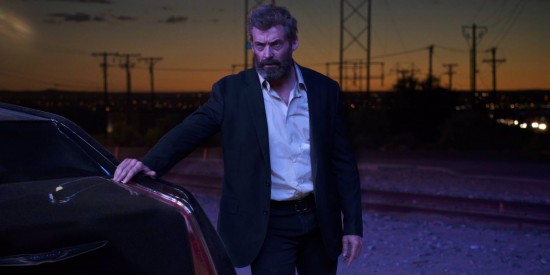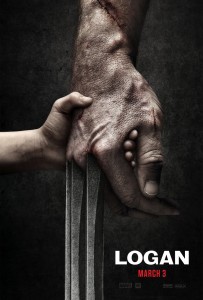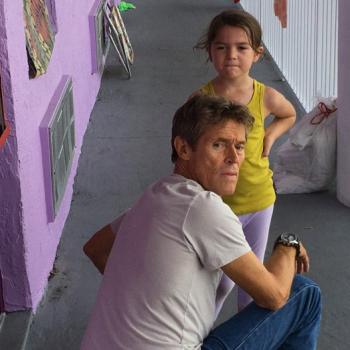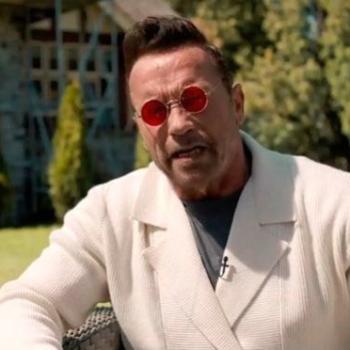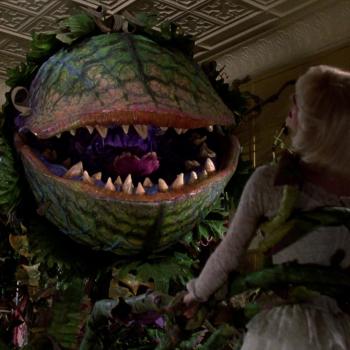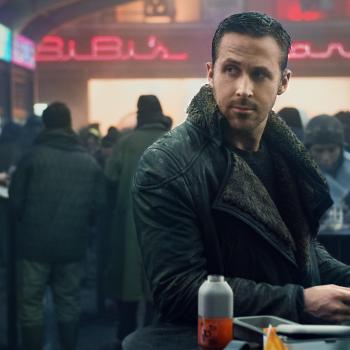I’ve been wanting to write about “Logan,” Hugh Jackman’s final go-round as Wolverine, since I walked out of a theater a week ago, stunned silent by James Mangold’s film. It’s the rare comic book movie to provoke a visceral, emotional response, one of the few that is about something more than blue lights, shiny gizmos or franchise setups. It’s not just a great superhero movie; it’s a great movie, period. So, let’s talk about it.
Warning: From here on out, spoilers for the entire film.
My own worst enemy
We first met Wolverine in 2000’s “X-Men.” Teenage Rogue (Anna Paquin) was on the run after discovering powers that nearly killed her boyfriend, and she discovered him as a cage fighter possessing amazing healing powers. When provoked, sharp metal claws protruded from his skin, allowing him to slice and dice his opponents. Driving down the road in a truck shortly after a violent encounter at the bar, Rogue asks Logan if it hurts.
“Every time,” he remarks.
It’s that hurt that has made Wolverine one of the most intriguing characters in superhero movies, even when the franchise devolved into a mess of colliding timelines and jumbled continuity. Logan is a tortured man. Unlike the other X-Men, who were lucky enough to find Charles Xavier (Patrick Stewart) as youths, he’s had to navigate the world as a killer and freak. His healing abilities allow him to live decades longer than most people; he’s a military experiment whose memories were stolen from him and who now seethes with rage. Throughout the X-Men films, he bonded with this family of rejects and found his place as a hero. But in “Logan,” those days are long gone.
The year is 2029. No mutant has been born in decades and the rest of the X-Men are dead. Logan’s an alcoholic limo driver. The adamantium bonded to his bones is poisoning him and limiting his healing abilities. After he’s done with his shift of chauffeuring drunk bridesmaids and over-privileged frat boys, he returns to an abandoned warehouse where he and albino mutant Caliban (Stephen Merchent) care for an Alzheimer’s-riddled Professor X. Sometimes medicine calms the professor down. On bad days, he sits in his wheelchair and screams obscenities. On really bad days, he goes into convulsions that paralyze entire cities. Logan hopes to buy a boat for them to escape. He keeps an adamantium bullet on hand in case he ever feels like ending it all.
It’s a stark place to find a superhero, but it’s where violent men often find themselves. Like so many who spent much of their lives killing, Logan is haunted by his actions and wonders what it was all worth. The X-Men only live on in comic books that he derisively describes as “ice cream for bed-wetters.” His friends are dead and his mentor’s once amazing mind is quickly deteriorating. All he’s left with are the memories of the people he’s killed and the compatriots who died alongside him. It’s no wonder he’s taken up drinking.
But Logan finds a reminder of the hero he once was with the arrival of young Laura (Dafne Keen), a mutant created from Logan’s DNA by the government, who now wants to wipe her out. As Logan and Charles attempt to get her to a Canadian sanctuary, the once-Wolverine wrestles with his place. Is he just a killer, “God’s mistake”? When he looks at Laura, he sees flashes of the rage that consumes him and the carnage he’s capable of. But in helping her, he and Charles are reminded of the good they’ve done, and the hope that they’ve brought to others. Late in the film, it’s revealed that Logan’s enemies have gone one step further; rather than creating children bearing DNA derived from other mutants, they’ve cloned him. Now, Logan is literally at war with himself, facing off against a younger, stronger creation designed to be consumed by pure rage. With every punch and stab, Logan must face what he’s capable of, and see what he would have been without the help of others.
Sure, it’s on the nose. And, honestly, Wolverine’s face-offs with X-24 are the film’s weakest parts. But it never derails the story because, deep down, we can recognize this as the driving force in every redemption tale. We constantly fight ourselves, reminded of every failure and every destroyed relationship. Others come along, try to convince us of our worth and remind us that we’re not lost causes. But they aren’t privy to our memories. They can’t feel the ache in our bones or the gnawing in our hearts. They don’t stay awake remembering friendships destroyed or opportunities lost. They can help us on our fight, but they can’t win it for us.

